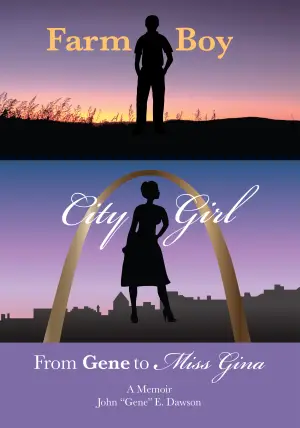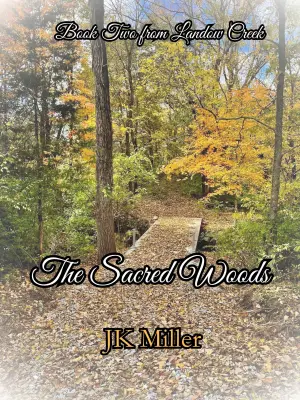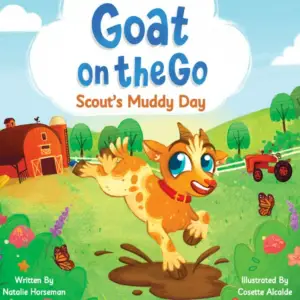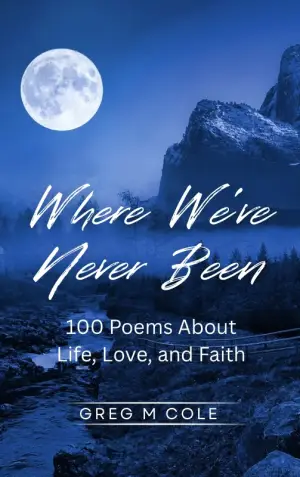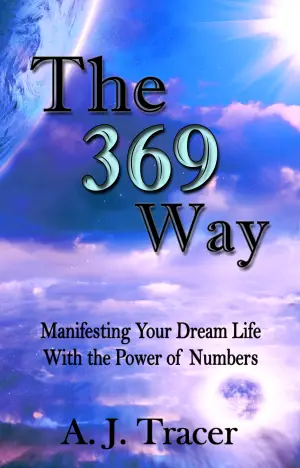They Bloom at Night: A Journey of Self-Discovery Amidst Shadows
When I first picked up They Bloom at Night by Anya Johnson, I was instantly drawn in by its evocative title and the promise of a queer coming-of-age story wrapped in a gothic eco-horror setting. As someone who often finds solace in the pages of books that challenge societal norms, I knew I was in for a treat. And wow, what a ride it was! This book left me teary-eyed not once, but twice, as it tugged at my heartstrings with an emotional intensity that I rarely encounter.
The story centers on Noon, a queer character whose journey toward self-acceptance unfolds against the backdrop of an apocalyptic world ravaged by a hurricane and an eerie algae bloom. In classic horror fashion, mystery lingers in the air—disappearances attributed to a so-called monster. Yet, as Noon and their love interest Covey delve into the town of Mercy, they discover something far more profound: a chosen family, aspirations, and ultimately, themselves.
Johnson tackles deep themes such as racism, gender identity, and the weight of past trauma with finesse. As Noon navigates their past, I found myself reflecting on my own personal journey and the walls I’ve built—both protective and isolating. The pacing of the story kept me engaged throughout, though I did feel that certain sections dragged as Noon’s internal monologue took center stage. Yet there’s beauty in those abstract moments, which invite readers to peel back layers of emotion—an impactful choice, although it occasionally made the narrative somewhat difficult to follow.
Noon’s evolution is beautifully portrayed—not just as they grapple with their identity, but through the metaphor of their ‘new monsterhood.’ The juxtaposition of beauty and horror is stark: the very aspects that make them feel out of place become their source of power. "I was beautiful. I am beautiful," resonated deeply with me, highlighting the transformative nature of self-acceptance.
However, while the book shines in its exploration of Noon’s character, I found the supporting cast lacking depth. Wil and Saffy, despite embodying the concept of a found family, felt relegated to the sidelines, making it challenging to connect with them fully. The villains, too, appeared one-dimensional—key antagonists that could have added layers to the narrative lacked the complexity I craved. This is perhaps why I’ve settled on four stars instead of five; I wanted to immerse myself in a wider emotional landscape.
Despite these critiques, They Bloom at Night is a profound experience that deftly handles dark and complex topics with meaning and intention. The horror elements are less about scaring the reader and more about illuminating the struggles of marginalized identities, making it a must-read for anyone seeking heartfelt representation.
In closing, if you’re someone who cherishes stories of self-discovery, deep emotional journeys, and beautifully messy identities, this book deserves a place on your shelf. While it may not offer a traditional romance, the connections that bloom amid the chaos are profoundly uplifting. I finished reading with a sense of hope, reflecting on how the difficult parts of ourselves can ultimately lead to beautiful transformations. If you’re ready to experience a whirlwind of emotions wrapped in haunting prose, They Bloom at Night is waiting for you.


